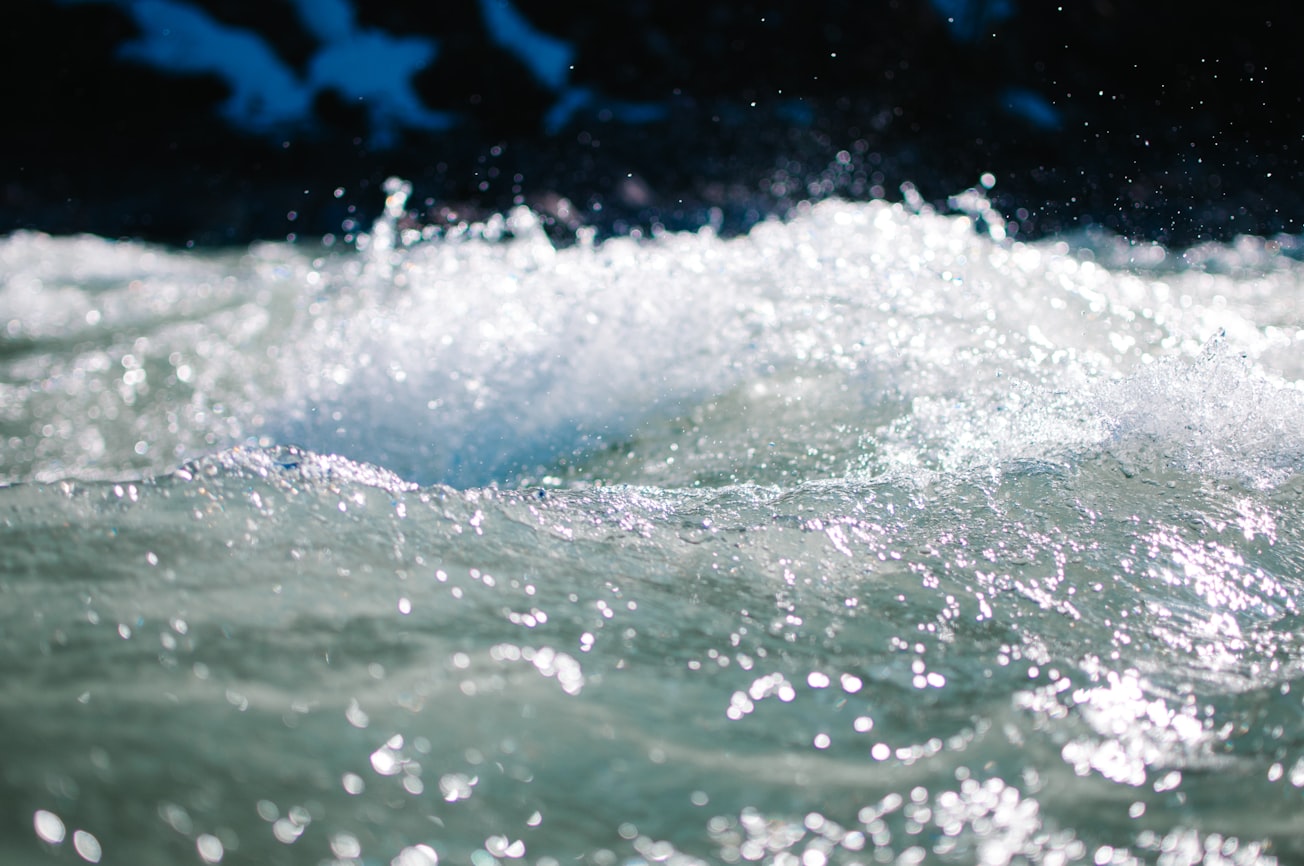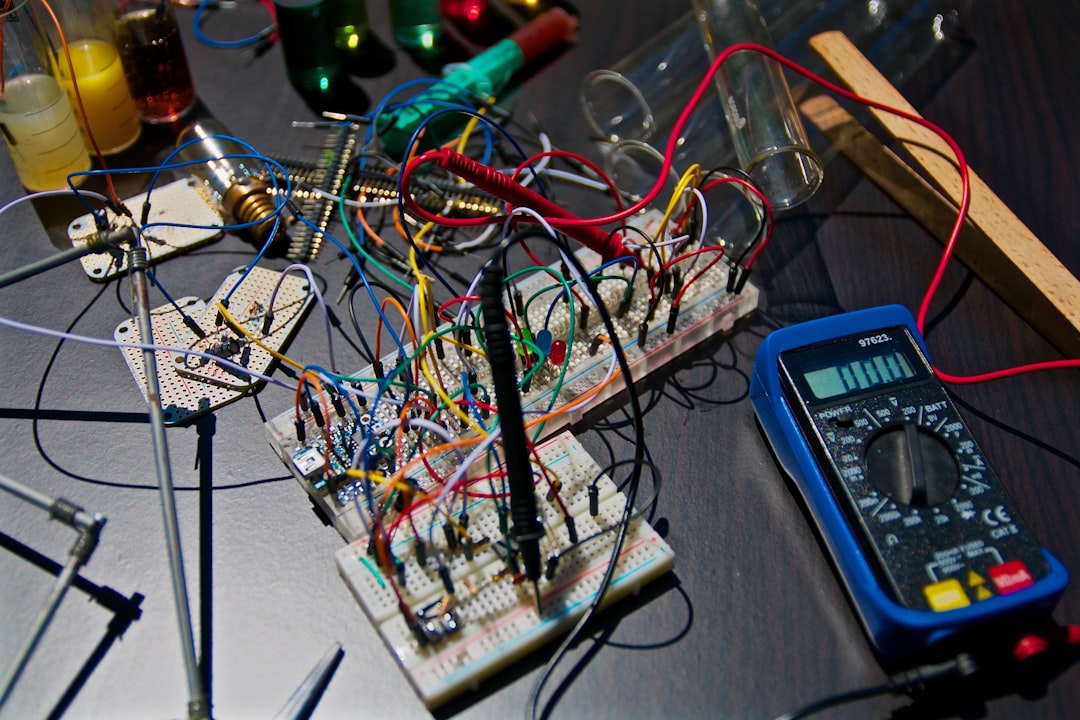What is it about?
When an elastically supported structure is submitted into incoming flows, it will start to vibrate under the action of the fluid force or vortex shedding effects. This phenomenon is called flow-induced vibration (FIV), where vortex-induced vibration (VIV) and galloping are the two main forms of FIVs. FIV manifests itself on many different branches of engineering, for instance, on electrical cables, aircraft wings, ocean risers, and bridges and buildings under the wind. FIVs are considered as harmful motions for structural safety design; however, such vibrations also show potential in energy harvesting from flows. We numerically tested FIV responses of three rigidly coupled cylinders in the equilateral-triangle arrangement.
Featured Image

Photo by Ezra Jeffrey-Comeau on Unsplash
Why is it important?
A single circular cylinder will only generate VIV, while multiple cylinders together might form both VIV and galloping. When cylinders are rigidly connected as a whole body, they will vibrate in the same way. We aim to find the conditions under which the rigidly coupled cylinders all vibrate in VIV or galloping forms, to provide references for structural safety design and energy harvesting applications. The equilateral-triangle arrangement includes both the tandem and side-by-side effects, which is commonly used in engineering practices and worthy to be investigated. We showed that, large-amplitude galloping occurs at the incidence angle of 0 degree, which shows potential in energy harvesting but should be avoided in safety design. The angle of 30 degrees is the optimal arrangement for suppressing the vibration, with a narrow resonance range.
Read the Original
This page is a summary of: Numerical simulation of flow-induced motion of three rigidly coupled cylinders in equilateral-triangle arrangement, Physics of Fluids, December 2018, American Institute of Physics,
DOI: 10.1063/1.5054333.
You can read the full text:
Contributors
The following have contributed to this page










